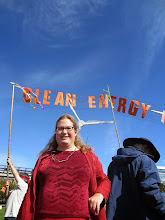Germany leads the world in solar photovoltaic generation, so it would seem to follow that the country’s interest in energy storage would also be soaring. But when Ben Kaun, an expert storage specialist with the Electric Power Research Institute (EPRI), traveled to an international energy storage conference in Dusseldorf earlier this year, he found that storage is viewed somewhat differently there than in the U.S.
As Germans look to the future, Kaun notes that they have a broader definition of energy storage than in the United States. The U.S. definition of energy storage typically focuses on electric power in, electric power out – that is, electricity storage. In Germany’s definition is broader, characterized by three main categories: power to heat, power to gas (specifically hydrogen) and power to power, which can utilize a range of storage technologies, including electrochemical (batteries), mechanical or thermal.
In the first category, electric power is stored and converted to heat for direct use as heat in buildings, district heating or industrial processes. For power to gas, electricity is converted to hydrogen through an electrolysis process and then stored (with some challenges), combusted and used in fuel cell generators. It can also be further converted into natural gas or liquid transportation fuels. Power to power — or direct electricity storage — may be lagging, in part due to a historical lack of enthusiasm for electric cars in Germany when compared to the growing electric vehicle battery market in the U.S.


No comments:
Post a Comment